[SPOTLIGHT]: Fresh Maine Haddock
Mark MurrellShare
If you grew up in Maine, chances are that haddock is your favorite seafood (along with the lobster of course!) Here, haddock is “king” - especially when battered and fried as the coveted Fried Haddock Sandwich (or “Fish and Chips”), a year-round staple in almost every coastal restaurant from Portland’s white-table cloths to the lobstah shacks DownEast. It also finds it way into another of our traditional favorites, the Haddock Chowdah.
There’s a reason why haddock reigns here in Maine - it’s plentiful and is landed fresh everyday at our local wharves. Haddock is of the Gadidae family - which includes its cousins, cod and hake (which are both excellent substitutes in most recipes calling for haddock). Haddock is distinct from cod for several reasons - it is a smaller fish, which can lend itself to being more manageable in the home kitchen, it is less expensive at the market, and it holds up much better in the frying pan. Easy to see why it it has been a Mainer’s pick for the past 100 years.
Haddock is easy to cook, and has versatility when it comes to preparation. While it retains its delicate, mild yet sweet taste, it has a firmness to the fillet that it allows it to stand up to a fry, saute, and stew but can also be boiled and poached. Its small but dense flakes are a bit finer than the cod’s but also cook white (note that haddock fillets has a silvery membrane on them that differentiate them from the codfish). Haddock fillets when chopped are also perfect for hearty chowders and fish soups. Haddock, like cod and hake, is a lean fish - it benefits from being prepared battered, stewed, or sauced. Haddock also lends itself very well to freezing - store unused portions for future meals when buying in larger quantities.
GetMaineLobster's Haddock is landed locally in Portland, Maine where it is cut on our wharf and sold fresh as fillets. Click here to purchase.
Recipes:
Tips for Caring for Haddock and Fresh Fish:
Keep your Fresh fish exposed to unsafe temperatures for as short a time as possible. It should be placed in a plastic bag to prevent any leakage from contaminating any other foods. To maintain the quality of the fish, it needs to be kept at a temperature under 40°F in refrigerated as soon as possible. Do not allow the fish to set outside refrigeration for any length of time unless preparing to cook.
Storage: In Refrigerator for 2-4 days with gel packs in a soft zip up cooler bag is the best. Remove the fish from the packaging. Thoroughly rinse the fish in cold water. Pat it dry with a paper towel. Line a plate or pan with a double layer of paper towels and place the fish on the towels. Cover them tightly with plastic wrap or aluminum foil and place in the coldest part of the refrigerator, the top shelf in the back.Be sure the fish is tightly wrapped so that if there are any juices from the raw fish, they will not come in contact with any other food. In Freezer for up to 4 months if not cryovac sealed. If cryovac sealed, much longer.
Cooking: When cooking and serving fish, the meat must be handled properly to prevent contamination. Use a different platter and cooking utensils for cooked fish than what was used for the raw fish, unless they have been properly cleaned and dried after exposure to the raw fish.Be sure the raw fish does not come in contact with foods that have already been cooked or foods that do not require cooking before being consumed, such as raw vegetables and fruit.If taking cooked fish to be served at another location, be sure to pack the fish so it maintains the proper temperatures. If you are keeping it hot, it should maintain at least a 140°F temperature and if it is cold, it must be kept at or below 40°F.
Need to freeze your fresh catch? CLICK HERE for expert tips.
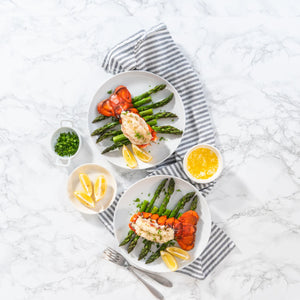


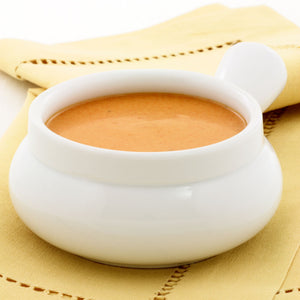

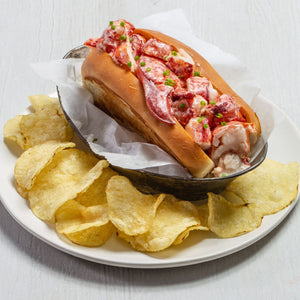
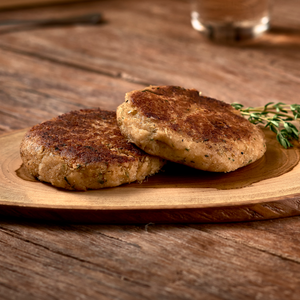

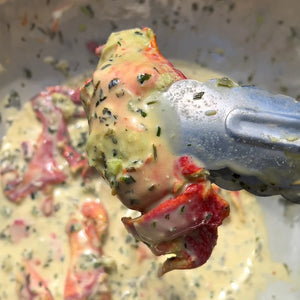


![[SPOTLIGHT]: Fresh Maine Haddock](http://getmainelobster.com/cdn/shop/articles/spotlight-Maine-Haddock.jpg?v=1550356339&width=3840)